What is the difference between 201 stainless steel and 304 stainless steel?
 What is the difference between 201 st...
What is the difference between 201 st...As an indispensable one of structural alloys, titanium alloys continue to benefit mankind in various fields.
So far, the global annual output of titanium alloys has reached more than 40,000 tons. Countries around the world are constantly researching and developing various uses of titanium alloys, and are committed to entering the civilian industry with huge market potential.
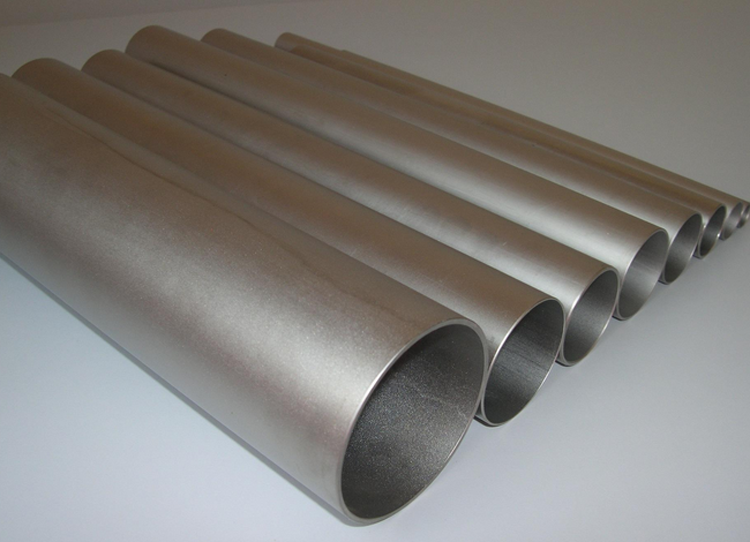
Do you know what are the classifications of titanium alloys? What are their characteristics? The chemical properties of titanium are so lively, how complicated is its processing technology?
Titanium alloys have three matrix structures (titanium alloy structures with different structures), and titanium alloys are divided into the following three categories: α alloys, (α+β) alloys and β alloys, which are represented by TA, TC, and TB in China.
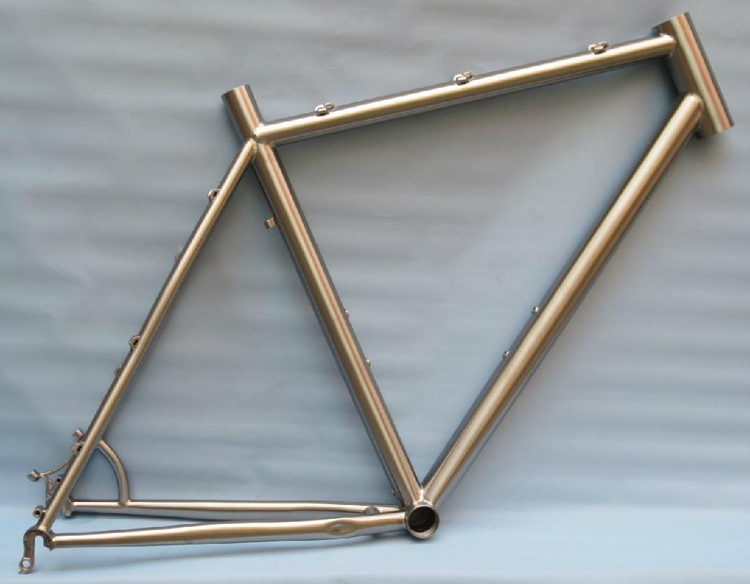
A single-phase alloy (composed of an alloy) has a stable structure and strong oxidation resistance, whether at ordinary temperatures or at higher temperatures. At the temperature of 500 ℃ ~ 600 ℃, it still maintains its strength and creep resistance.
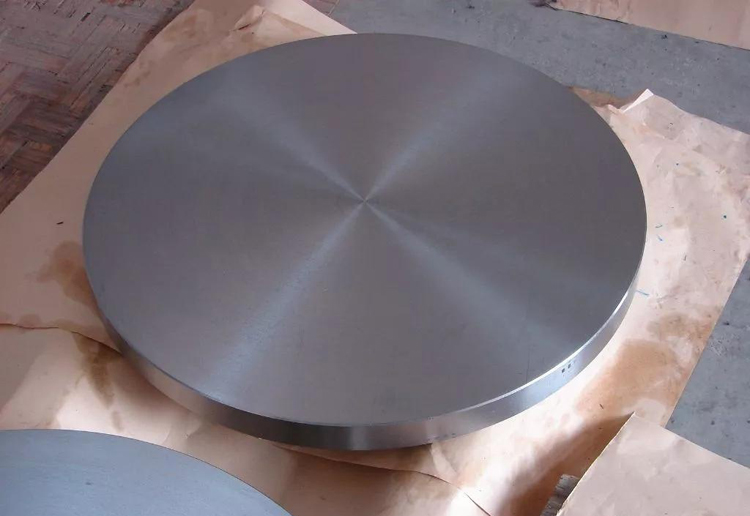
Single-phase alloy (composed of one alloy) has high strength, and the alloy is further strengthened after quenching and aging, but the thermal stability is poor, and it is not suitable for use at high temperature.
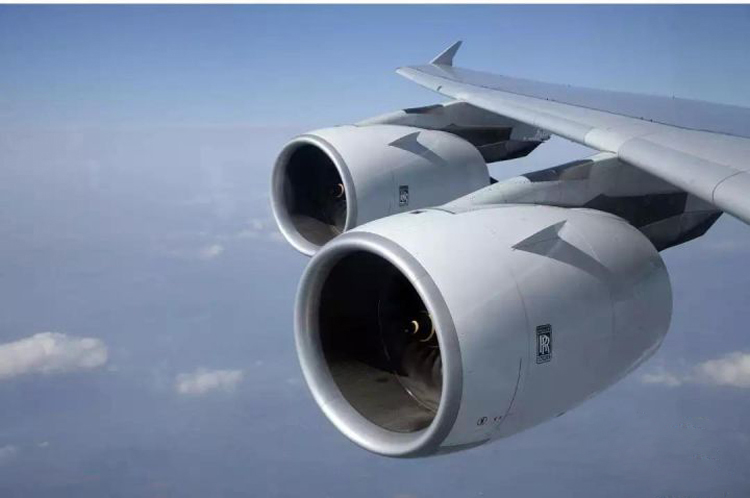
It is a dual-phase alloy (composed of two alloys) with good comprehensive properties, good microstructure stability, good toughness, plasticity and high temperature deformation properties, and can be well processed by hot pressing, quenching and aging. Alloy strengthening. Its thermal stability is inferior to that of alpha titanium alloys.
Titanium alloys can be divided into heat-resistant alloys, high-strength alloys, corrosion-resistant alloys (titanium-molybdenum, titanium-palladium alloys, etc.), low-temperature alloys and special functional alloys (titanium-iron hydrogen storage materials and titanium-nickel memory alloys), etc.
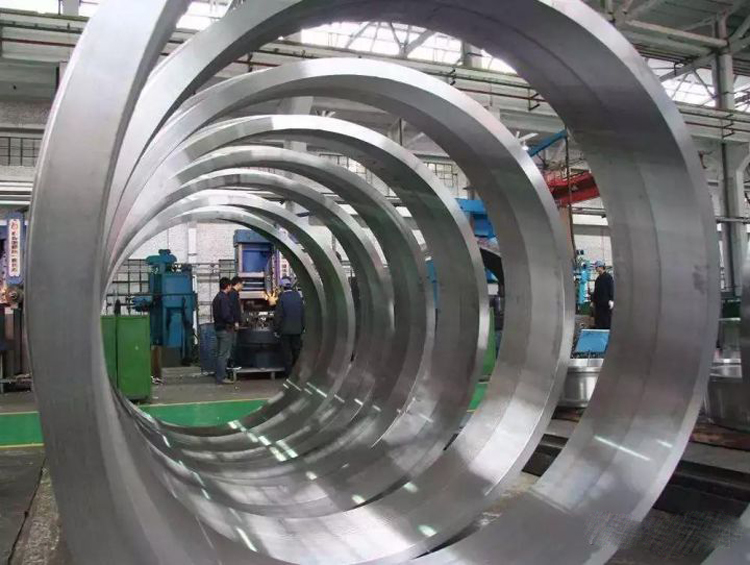
Using a vacuum smelting furnace for smelting alloy steel, the titanium alloy is heated and melted into a liquid through the eddy current generated in the furnace.
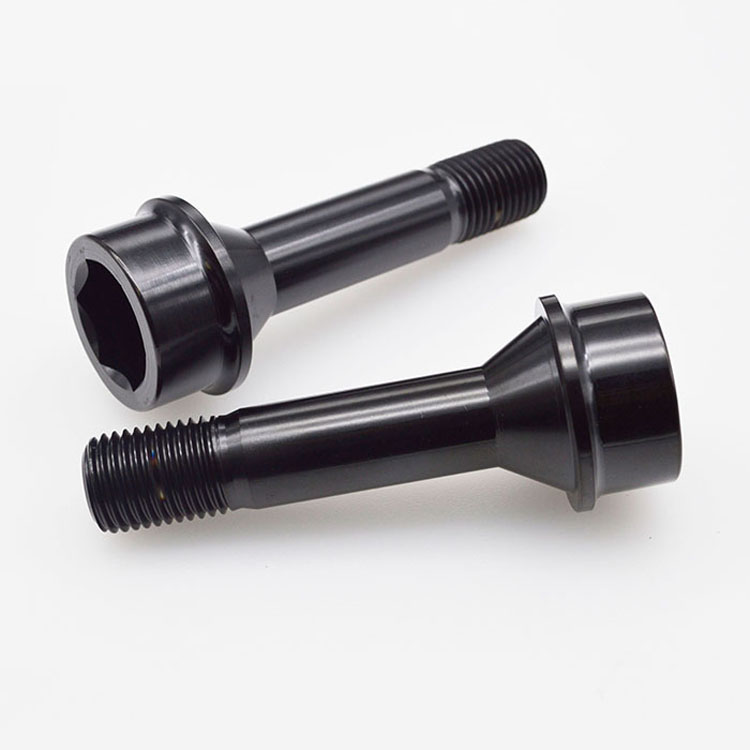
Die forging by heating the die to the deformation temperature of the billet and deforming at a low strain rate is called isothermal forging.
Titanium alloy isothermal forging technology is a new process. Combined with thermomechanical treatment, titanium alloy isothermal forgings with optimized comprehensive mechanical properties can be obtained, but the cost of mold materials, mold manufacturing and mold heating devices is higher than that of conventional forging methods. Mostly used in the manufacture of aircraft parts.
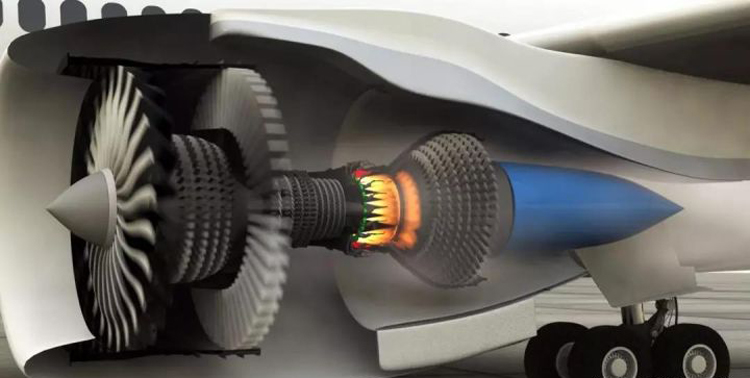
The processing methods of punching, bending, drawing, etc. on titanium alloys without heating are called cold forming.
Titanium alloy special processing technology includes laser processing technology, electron beam processing technology, ion beam and plasma processing technology, electrical processing technology, etc. Titanium alloys are machined using these techniques based on cost options.
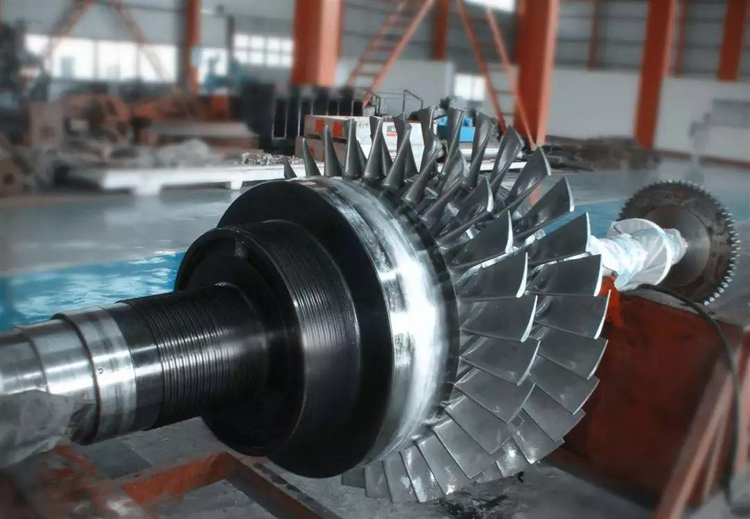
The process method of artificially forming a surface layer with different mechanical, physical and chemical properties of the matrix on the surface of the matrix titanium alloy material.
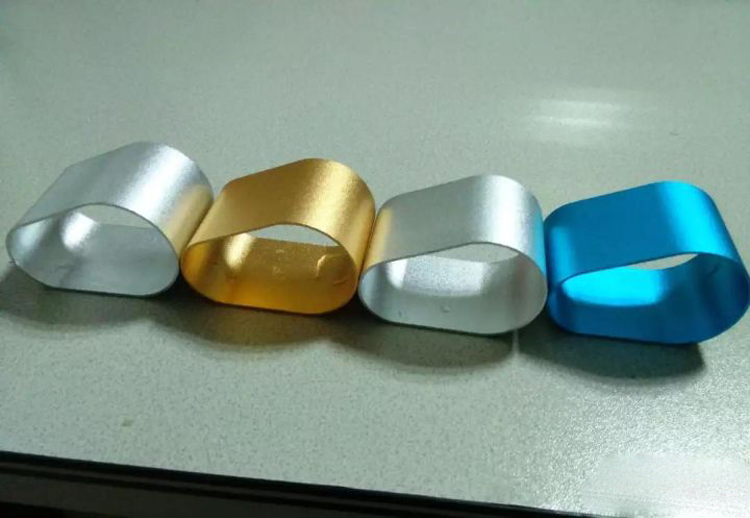
According to the characteristics of titanium alloys, plasma infiltration, ion beams, electron beams, laser beams, etc. are the modern standard surface treatment technologies at this stage, mainly to improve the wear resistance, corrosion resistance, fretting wear resistance and high temperature of titanium alloys. Antioxidant etc.
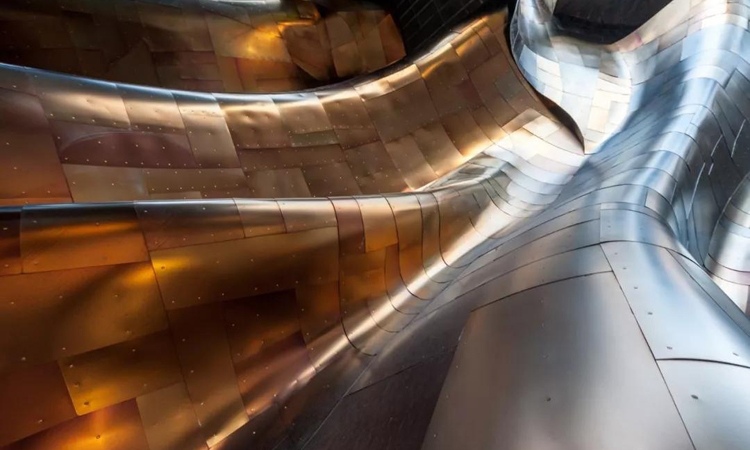
At present, the "three brothers" of titanium and titanium alloys are developing in the direction of a variety of comprehensive application technologies. Many scientists in the world are actively studying how to use lower costs and better technologies to increase production for the benefit of mankind. Let us Look forward to it together!
 What is the difference between 201 st...
What is the difference between 201 st... Why is 316 stainless steel better tha...
Why is 316 stainless steel better tha... 400 series stainless steel science
40...
400 series stainless steel science
40... How to distinguish the processing tec...
How to distinguish the processing tec... Non-standard design materials of bras...
Non-standard design materials of bras... What type of titanium alloy does Tc4 ...
What type of titanium alloy does Tc4 ...